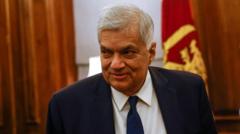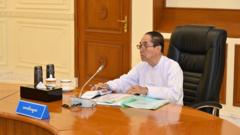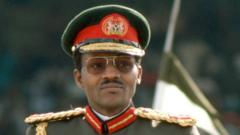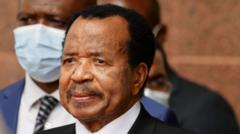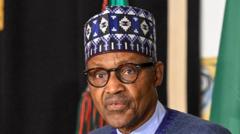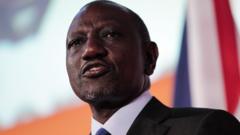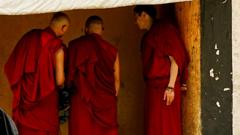SALT LAKE CITY — The Church of Jesus Christ of Latter-day Saints is preparing for a transition in leadership with the passing of President Russell M. Nelson over the weekend. Dallin H. Oaks, a former Utah Supreme Court justice, is expected to be named the next president.
This transition follows a well-defined protocol that the Church has adhered to for over a century, primarily aimed at ensuring a smooth succession without internal or external lobbying.
Church Leadership Structure
The Church is governed by a president and two counselors, known collectively as the First Presidency. These individuals typically come from the Quorum of the Twelve Apostles, who oversee policies and the Church's business interests. All top officials are male, reflecting the Church's adherence to an all-male priesthood.
The Succession Process
The member of the Quorum with the longest tenure typically ascends to the presidency, a practice that has provided stability since it was established in 1889 after internal disputes following the death of the third president, John Taylor. Nelson, who was the oldest president at 101 years old, saw his tenure come to an end, which automatically disbanded the First Presidency.
The Role of the President
The president serves as a prophet and spiritual leader, providing guidance and management to Church policies, doctrine interpretation, and various programs. In addition, he oversees extensive Church operations spanning real estate, universities, and cultural centers, all encompassed in a substantial financial portfolio valued at $58 billion.
Tenure Length and Selection of Counselors
Church presidents maintain their roles until death, leading to varying lengths of service; Nelson served for over seven years. Upon his replacement, Dallin H. Oaks will select two counselors who are typically chosen from the existing Quorum members. Notably, this selection does not indicate a clear line of succession.
Choosing New Members of the Quorum
Traditionally, new apostles are selected from lower-tier leadership and are often men who have demonstrated success in various professional fields. The Church has started to diversify its leadership, appointing some leaders who reflect the global makeup of its 17 million members, particularly with new selections from Latin America and Asia.
The Role of Women
Despite having a significant organizational structure for women, top leadership roles remain male-dominated, with just a few women overseeing programs specifically for women and girls. The Relief Society's president and counselors are regarded as the highest-ranking female leaders, reflecting historical approaches to those involved in women and girls' activities.








